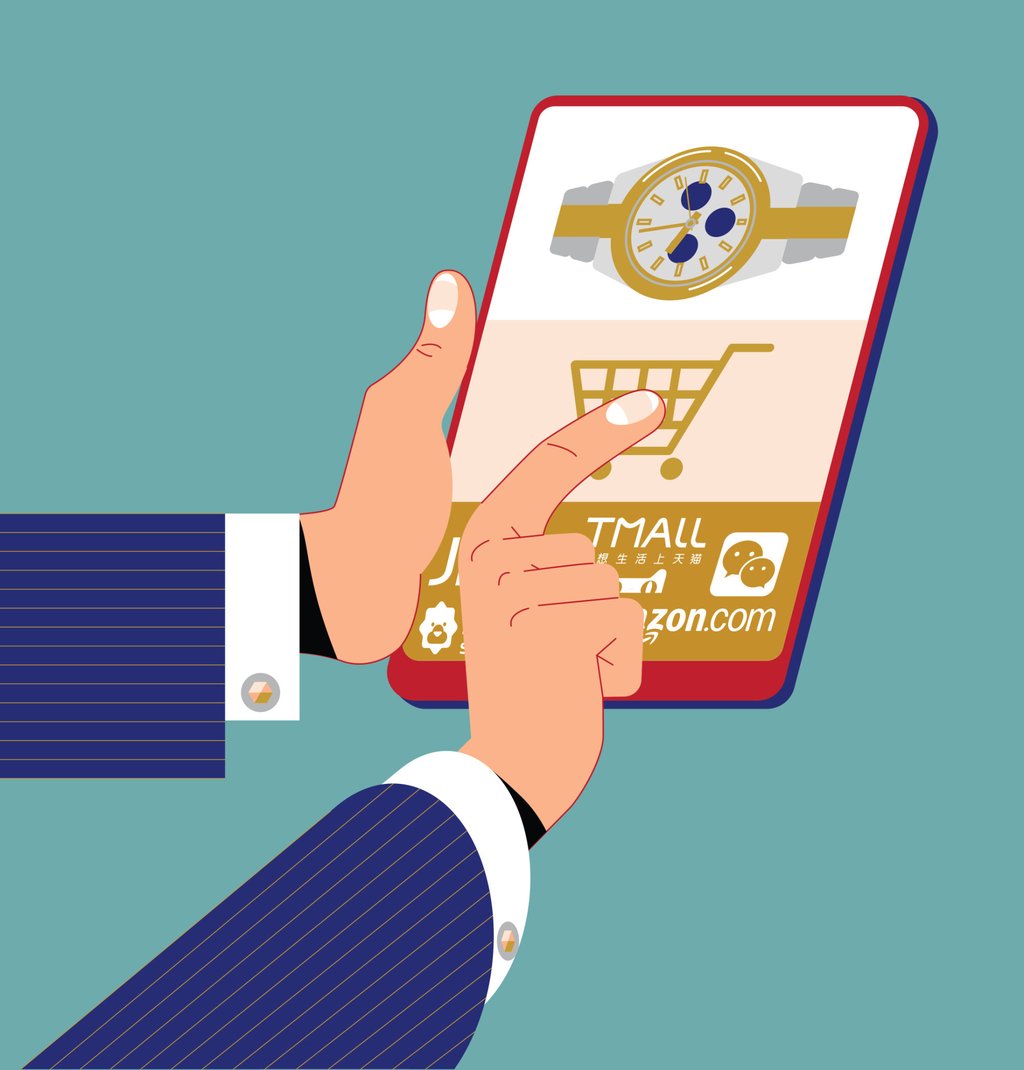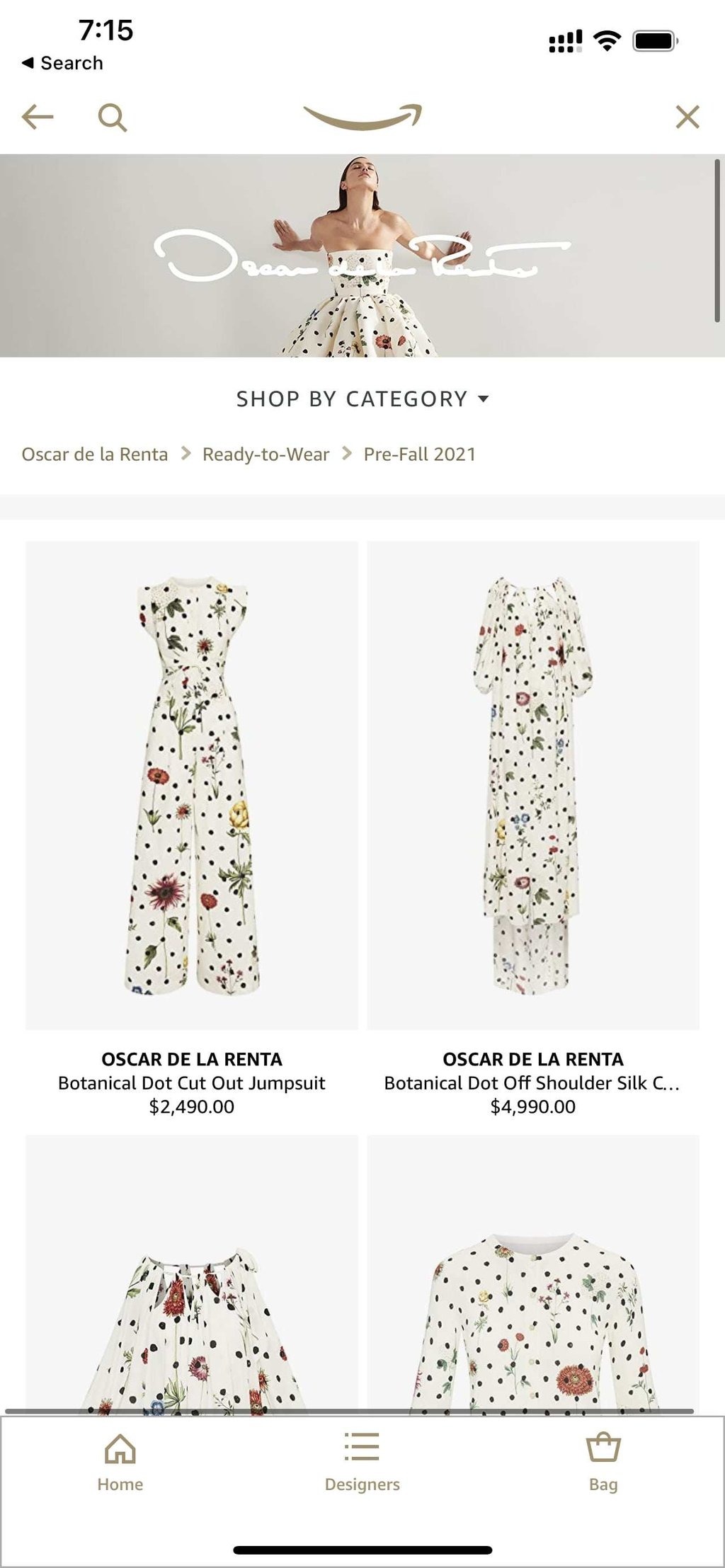Is e-commerce and social media the next big frontier for luxury fashion? Alibaba’s Tmall carries Cartier and partners with Net-a-Porter, and JD.com with Farfetch – but Amazon falls short

- Tmall’s Luxury Pavillion and JD.com have both onboarded over 200 luxury brands, including Balmain, Bottega Veneta, Cartier, Louis Vuitton, Prada and Armani
- JD.com also works with Farfetch and luxury conglomerates Richemont and Kering – but Amazon is behind, with less than 50 brands including Oscar de la Renta
Amazon, Alibaba, TikTok, WeChat. These are just some of the biggest and most dynamic companies of today that are probing an uncertain new digital frontier in luxury.

The ultimate winning strategy is likely to hinge on a delicate balance of wide audience reach, robust branding opportunities and a seamless purchasing experience.
“Luxury brands want to meet their new customers where they are,” says Dr Thomaï Serdari, founder of luxury branding consultancy Brand(x)Lux and adjunct professor at the New York University Stern School of Business. “If that means embracing a platform that has more of a mass appeal, they have to consider it.”
Considering that Alibaba’s Tmall has some 53 million average active monthly users, while JD.com has 205 million and Amazon’s Prime membership has over 200 million subscribers, the platforms’ access to consumers is not in question.

Amazon’s lacklustre performance can, according to Serdari, be partially attributed to its reputation for deep discounting and questionable product quality – exactly the kind of negative branding luxury brands try to avoid. On the other hand, Tmall’s Luxury Pavilion is an aspirational brand in itself, and thus able to convey the luxury association desired by brands on its platform. “The main question,” she adds, “is how can brands overcome the challenge of delivering not only product over these platforms but also a consistent brand experience”. Branding is, after all, fundamental to a luxury marque’s appeal.
Tmall and JD.com both have a similar strategy, allowing brands to create a store-in-store experience unique to each label – much like a boutique in a luxury mall. On these platforms, brands maintain total control over the visual experience and content available to the customer, while the channel partner takes care of everything from digital infrastructure support to supply chain and last mile fulfilment services. For both Tmall and JD.com, this even includes white glove delivery, to ensure that consumers can enjoy the full luxury experience and brands can rest assured of the quality of service.